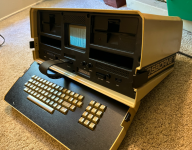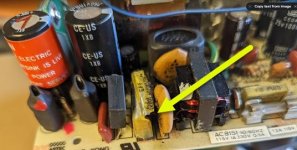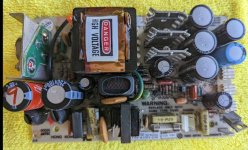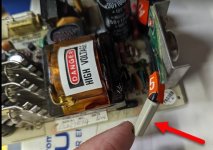MicroCoreLabs
Experienced Member
- Joined
- Feb 12, 2016
- Messages
- 283
I recently acquired an Osborne 1 which I had some fun spending an afternoon debugging. It was a good opportunity to test my MCLZ8 drop-in Z80 emulator in another vintage computer!
I found that there was a faulty DRAM which took just a few moments to isolate using a few lines of code added to the MCLZ8 - It's hard to beat a debugger which sits in the CPU slot so has access to everything on the board!
Once the DRAM was replaced I found that the keyboard also has a stuck key. Thankfully I was able to "emulate" an Enter keypress by shorting pins 3 and 15 on the keyboard connector which allowed the machine to try to boot from the diskette, however I don't own any!
I had success using the MCLZ8 to quickly isolate the faulty DRAM, so with this achieved and the computer running and trying to boot I will let the next Osborne 1 enthusiast take the next steps debugging this machine.
Here's a link to my blog which has a few more details and some pictures: OSBORNE 1 DEBUG WITH MCLZ8
I found that there was a faulty DRAM which took just a few moments to isolate using a few lines of code added to the MCLZ8 - It's hard to beat a debugger which sits in the CPU slot so has access to everything on the board!
Once the DRAM was replaced I found that the keyboard also has a stuck key. Thankfully I was able to "emulate" an Enter keypress by shorting pins 3 and 15 on the keyboard connector which allowed the machine to try to boot from the diskette, however I don't own any!
I had success using the MCLZ8 to quickly isolate the faulty DRAM, so with this achieved and the computer running and trying to boot I will let the next Osborne 1 enthusiast take the next steps debugging this machine.
Here's a link to my blog which has a few more details and some pictures: OSBORNE 1 DEBUG WITH MCLZ8






